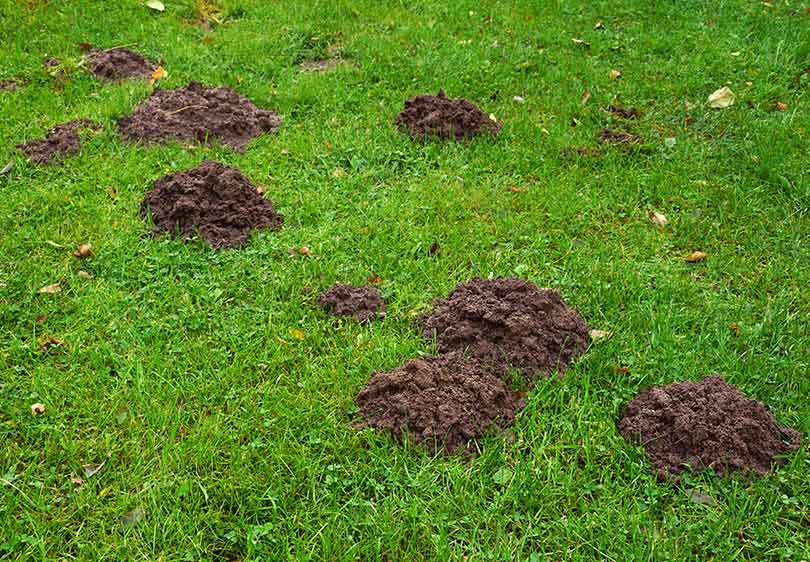The Greatest Guide To Guardian Pest Control
The Greatest Guide To Guardian Pest Control
Blog Article
Guardian Pest Control - An Overview
Table of ContentsNot known Details About Guardian Pest Control Guardian Pest Control Things To Know Before You Get ThisThe Ultimate Guide To Guardian Pest ControlThe Ultimate Guide To Guardian Pest ControlThe Only Guide to Guardian Pest ControlThe Greatest Guide To Guardian Pest Control
A targeted approach like this keeps environmental effect reduced. Searching and monitoring for parasites need to be done regularly, anywhere from day-to-day to regular depending upon the type of pest and the setting. Develop a path, and note the position on the path to stop and inspect under fallen leaves, along a foundation, at bait stations.For instance, looking around a customer's backyard for locations insects could lay eggs. Threshold-based decision-making associates with scouting and checking. Noticing a few wasps every once in a while probably does not call for action. However seeing them on a daily basis and in increasing numbers indicates it's time to locate and remove their nest.
You could use a trap plant such as zinnia to draw in Japanese beetles. Staying current on insect control approaches offers you a side over your competitors.
Guardian Pest Control Things To Know Before You Get This
Protecting against parasite problems is simpler than obtaining rid of them, so inform customers when sealing a split or caulking a home window would certainly make a difference. Identify the parasite and tailor the control technique (orem pest control) - https://peatix.com/user/21697354/view. Know specifically what sort of parasite you're taking care of, and research the setting meticulously as you generate a treatment plan
There are several general methods to insect pest monitoring. When creating a general bug administration technique it is helpful to consider every one of the offered choices. Most particular bug control methods can be classified into the complying with major classifications: social control, host resistance, physical control, mechanical control, organic control, and chemical control.
These approaches involve modification of conventional farming or horticulture techniques to stay clear of insects or to make the environment less positive for them. There are several kinds of cultural controls; the following are a few examples of commonly utilized techniques. A western corn rootworm, a pest that can be controlled by crop turning.
The smart Trick of Guardian Pest Control That Nobody is Discussing
changes a crop that is susceptible to a severe bug with another plant that is not vulnerable, on a rotating basis. As an example, corn rootworm larvae can be starved out by adhering to corn with one to 2 years of a non-host crop such as soybeans, alfalfa, oats, or various other crops.

Pickleworms will focus in squash planted near cucumbers, and the squash plants can be damaged. A carefully considered time of planting will assist stay clear of some parasite problems such as seed corn maggot. Some apple selections are resistant to several parasites. Image by USDA-ARS Host resistance, or plant resistance, has been used efficiently for years to minimize the effect of bugs.
See This Report on Guardian Pest Control
Plant dog breeders attempt to make use of these qualities and also enhance them to establish plants that are resistant. Several varieties of vital plants expanded today, such as wheat, rice, alfalfa, corn, and apples are resistant to several parasites. Historically, the advancement of resistant varieties was typically tiresome and prolonged, needing several generations of plant hybridization.
Drifting row covers keep insects out These are approaches that physically keep insect parasites from reaching their hosts - https://www.evernote.com/shard/s402/sh/d3b8c2f5-b810-0c47-06fb-941804915a0c/DpFfA6Fs4jDorl2SpD4OKsu_7uY3_tVDeEZk5p_ca1XC3zX6W4oRXctIlQ. Obstacles consist of window displays for keeping health and wellness and hassle insects out of buildings and plant bugs out of greenhouses, drifting row covers for many horticultural crops, and plant collars to keep cutworms from assaulting plants such as tomatoes
Codling moth larvae can be trapped under cardboard bands wrapped around apple trees; the bands are removed and destroyed. Some parasites, such as earwigs and slugs, can be lured to their death in sunken traps full of beer. Sometimes, chemical lures (including scents or other chemical attractants) are available to enhance catch effectiveness.
The Only Guide to Guardian Pest Control

Plum curculio beetles can be removed from fruit trees by vigilantly banging tree limbs with a cushioned stick and gathering the grown-up weevils on a white sheet as they drop out of the trees. A solid spray of water will dislodge aphids and mites from greenhouse, garden, and residence plants.
How Guardian Pest Control can Save You Time, Stress, and Money.
Several centuries ago, Chinese farmers observed that ants were helping to control insect bugs in their citrus orchards by feeding on caterpillars, beetles, and leaf-feeding pests. The farmers uncovered that by collecting the papery nests of a particular kind of ant from trees in the countryside and moving them right into their orchards, they obtained far better control of some parasites.
Predators may be bugs or various other insectivorous pets, each of which eats lots of insect target throughout its lifetime. Parasites lay their eggs in or on their host.

Report this page